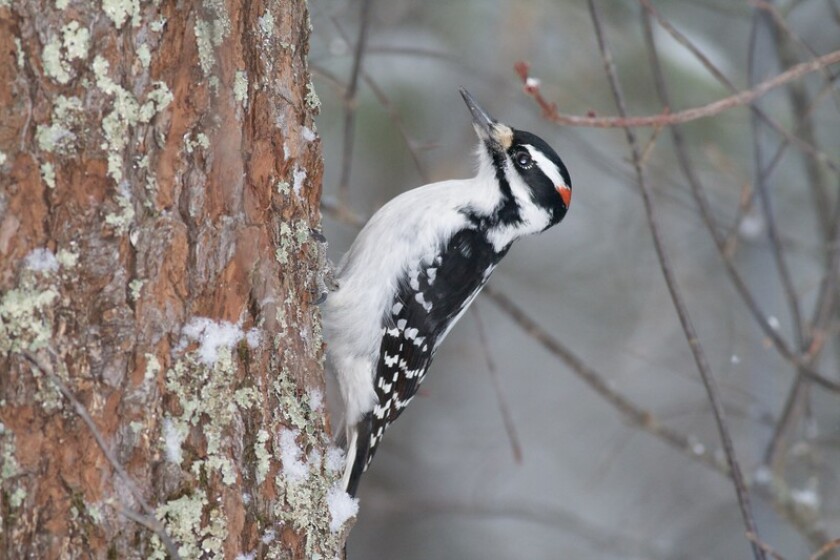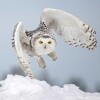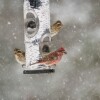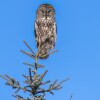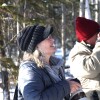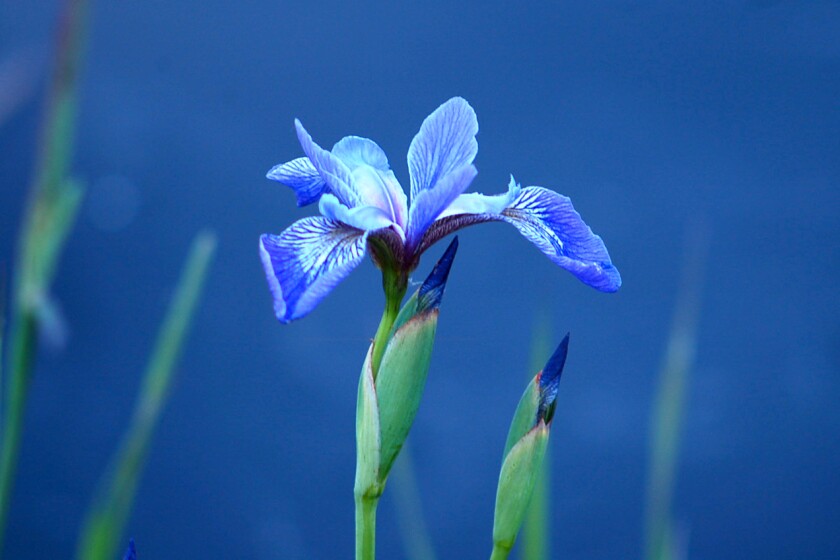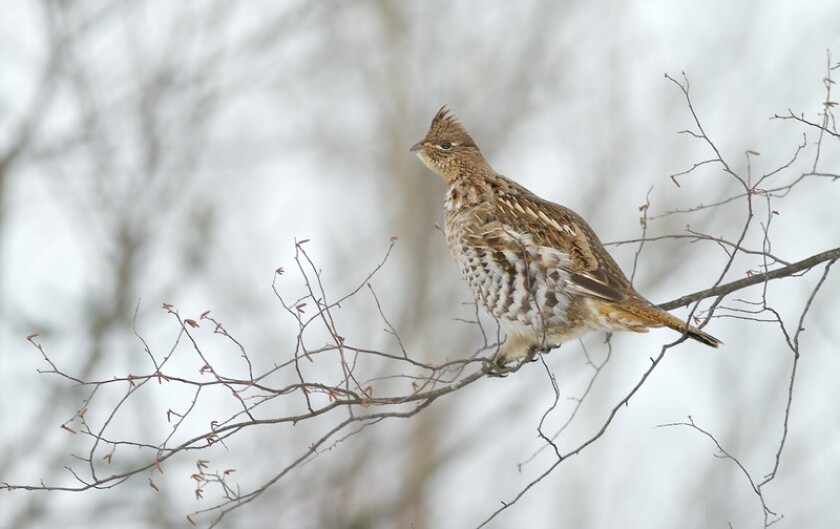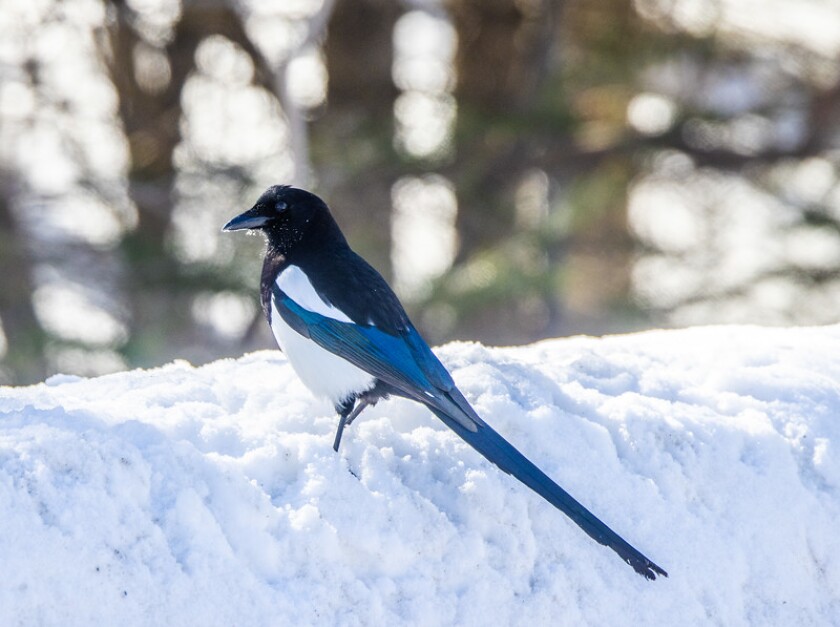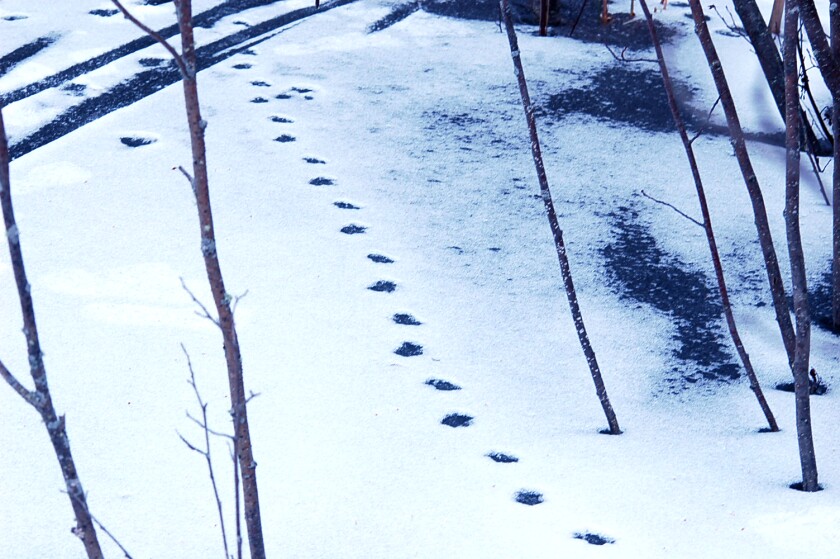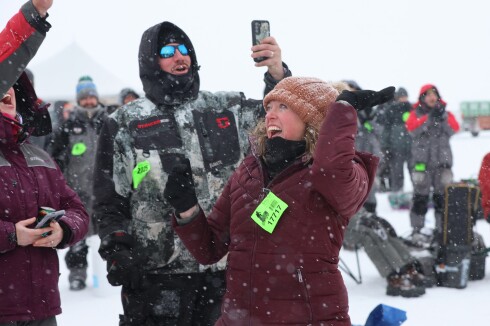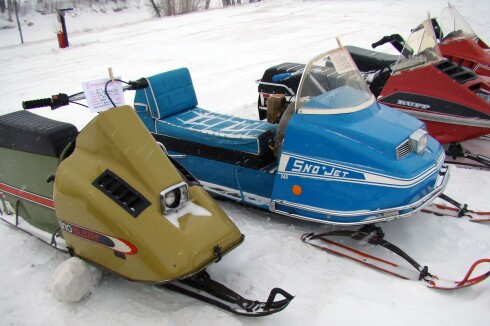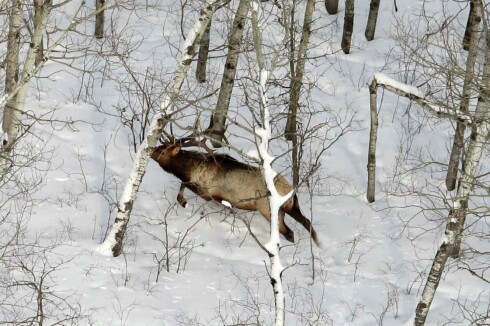The night was clear, calm and bright. The waxing gibbous moon reflects off the snow that fell yesterday before the skies cleared and the temperature dropped. It was about 15 degrees below zero at dusk and 20 below zero at dawn.
Despite the chill during the pre-dawn, I hear the calling of a barred owl. This sound tells of some activity among the wintering wildlife. The new snow cover is not much, but enough to coat the previous batch of tracks and allow for more to show.
ADVERTISEMENT
I walk a woods trail to the lake where I go on the ice to another trail that leads to a swamp that I cross and back to the road. The snow is crusty under this new blanket. Twenty below zero and crusty snow may not seem like good conditions for a walk, but with this recent snow cover, I’m treated to a plethora of new animal tracks. Despite the cold, they tell of much happening here in the darkness.
Along the woods trail, I find new tracks of deer, squirrels, foxes, mice and turkeys. A fox has crossed the lake ice. As I wander along the edge of the swamp, I note many more happenings.
At one end, I see rabbit tracks, at the other end, the snowshoe hare has been hopping. This movement in this small wetland brings out predators and I find tracks of weasel and mink at few sites.
Leaving the marsh and crossing through another woods path, I note the fox has been joined by a coyote and a fisher. All this activity was done during the cold clear moonlit night.
The morning is calm and quiet as I wander about. Except for the constant crunching of my footsteps in the crusty snow, I hear only a few sounds. Some trees crack in the cold. The lake groans under the ice cover. And an early-rising raven flies over calling. But there is also another noise.
I pause several times when I hear something that seems out of date: a woodpecker drumming. With some searching, I’m able to locate the woodpecker making this sound. It is a hairy woodpecker, drumming in the 20-below-zero dawn in December.
Woodpecker drumming is common in our forests. It happens when woodpeckers alight on a chosen branch and wrap it in rapid motions that transcend into a constant resonating drumming noise. It is commonly done by woodpeckers in the late winter and early spring. Without singing like other birds, they apparently use their powerful bills to do their “calling."
ADVERTISEMENT
The purpose of this rapid bill movement is twofold. It is done by males to attract the attention of females, and it is a proclamation of a breeding territory. Both take place at the time of breeding — not December.
During the next several mornings, the hairy woodpeckers in the region were also observed drumming. Why? Though I saw other kinds of woodpeckers — downy, red-bellied and pileated — they were not drumming — only the hairy.
Black and white, these mid-sized woodpeckers are like the smaller downy, but with a larger bill. The name "hairy" refers to the thin, hair-like feathers in the center of the bird’s back.
They seem to be very common here this winter and maybe they are feeling the pressure of the population and the drumming in December is a method to claiming a territory, not for breeding but for feeding.
I expect to continue to take winter walks, and I expect to continue to hear their winter drumming as part of the cold season.

